Prescribed Diltiazem for AFib? What You Need to Know
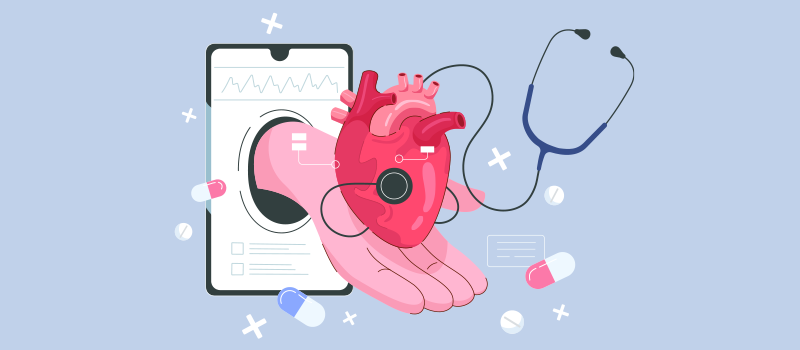
Atrial fibrillation (AF), also referred to as AFib, is a type of arrhythmia, which is the medical term for an irregular heart rhythm. In general, arrhythmia refers to when the heart beats irregularly, meaning too fast or too slow. When someone has A-fib, the beating of the heart’s upper chambers (two atria) is irregular. As a result, the contraction between the atria and the ventricles (the heart’s lower chambers) is no longer in sync.
Atrial fibrillation is a serious medical condition that needs to be treated with anti-arrhythmic medications because of an increased risk of blood clots and stroke.
Diltiazem (brand name Cardizem) is one of the medications that may be prescribed to people with atrial fibrillation. Please continue reading to learn more about diltiazem for AFib.
Is diltiazem an ACE inhibitor or a calcium channel blocker?
Diltiazem is a calcium channel blocker. Examples of other calcium channel blockers are amlodipine, felodipine, nifedipine, verapamil, and others. ACE inhibitors include lisinopril, enalapril, captopril, benazepril, and others. Examples of beta blockers are atenolol, labetalol, metoprolol, propranolol, and others.
Calcium channel blockers, ACE inhibitors, and beta blockers are prescribed to treat high blood pressure and heart failure. Similar to calcium channel blockers, beta blockers are also used to treat an abnormal heart rhythm. However, these drug classes work differently, and one may be more appropriate for a certain group of people or for a particular condition. Your physician may prescribe more than one type of medicine to manage your condition.
How do calcium channel blockers work?
Taking calcium channel blockers such as diltiazem influences the movement of calcium across calcium channels in the cells of the blood vessels and heart. When calcium enters the cells of the heart and arteries, it causes them to contract or “squeeze.” By reducing the amount of calcium passing into the heart and blood vessels, calcium channel blockers promote the relaxation or widening of the blood vessels, thereby reducing the workload of the heart. As a result, the heart does not have to work as hard to pump blood to the rest of the body. Ultimately, calcium channel blockers increase the oxygenated blood supply to the heart.
What are the different types of calcium channel blockers?
There are two categories of calcium channel blockers:
-
Dihydropyridines: This type of calcium channel blockers mostly affects blood pressure and vasodilation. As a result, the agents in this group are mainly used to treat high blood pressure and not atrial fibrillation.
-
-
Examples of dihydropyridine calcium channel blockers are nifedipine, nicardipine, felodipine, amlodipine, and nisoldipine.
-
-
Non-dihydropyridines: unlike their counterpart, this group of calcium channel blockers are known for their role in slowing the heart rate. For this reason, non-dihydropyridines like diltiazem and verapamil are used to treat atrial fibrillation.
What is diltiazem used to treat?
Angina
Angina is chest pain caused by decreased blood flow to the heart in patients with coronary heart disease. Diltiazem is used to treat chronic stable angina and angina due to coronary artery spasms.
High blood pressure
Hypertension (high blood pressure) increases the workload of the heart and can lead to stroke and organ damage in many parts of the body if left untreated long-term. Diltiazem is used to treat high blood pressure.
Atrial fibrillation
The AV (atrioventricular) node is a small structure in the heart through which electrical signals pass from the atria (upper chambers) to the ventricles (lower chambers). Diltiazem works by slowing the electrical conduction that goes through the atrioventricular node, thus helping to slow down the heart rate.
Besides A-Fib, diltiazem is also used to treat other types of heart rhythm abnormalities, such as atrial flutter and supraventricular tachycardia (SVT).
Diltiazem is sometimes given intravenously in the hospital setting emergency department to treat atrial fibrillation. If you received diltiazem in the emergency department, your doctor may discharge you home with instructions to continue taking this medication by mouth.
How to take diltiazem?
Allergic reaction
Tell your doctor if you have ever had allergic reactions to diltiazem, other calcium channel blockers, or any other medications.
Drug interactions
Give your doctor a list of all the medicines you are taking, including prescription drugs, over-the-counter medications, dietary supplements, and herbal products. This can help avoid drug interactions between diltiazem and your other medicines.
Medical history
Diltiazem may not be right for everyone. Before starting diltiazem, tell your doctor if you have a history of low blood pressure, myocardial infarction (heart attack), coronary heart disease, digestive tract blockage, liver disease, reduced kidney function, or kidney disease.
Dosing and administration
Diltiazem comes in the form of a regular oral tablet to be taken 3 to 4 times a day by mouth.
Diltiazem extended-release tablets and extended-release capsules offer more convenient dosing with once- or twice-daily administration. Make sure you swallow the extended-release capsules and tablets whole without cutting, crushing, or chewing them. These dosage forms are designed to release medicine over a period of 12 to 24 hours.
Read the prescription label carefully and take diltiazem exactly as prescribed. Do not change the dose, the frequency of doses, or the duration of treatment without your doctor’s approval.
Your doctor may start you on a low dose of diltiazem and slowly increase you to higher doses. Make sure you follow the dosing instructions carefully. Do not stop taking diltiazem without talking to your doctor first.
Not for acute angina
Diltiazem can prevent angina (chest pain) when you take it regularly. However, it cannot stop chest pain once an angina episode starts. Your doctor will prescribe other medications to control anginal chest pain episodes.
Missed dose
If you miss a dose of diltiazem, take it as soon as you remember. However, if it is almost time for your next dose, skip the missed dose and go back to your regular dosing schedule. Do not take a double dose or extra medicine to make up for a missed dose.
Overdose
In case of a diltiazem overdose, call your local poison control center or the national poison control center at 1-800-222-1222 or seek emergency medical care. Overdose symptoms may include dizziness, fainting, trouble breathing, irregular heartbeat, confusion, nausea, vomiting, and sweating.
What are the common side effects of diltiazem tablets?
Possible side effects of diltiazem tablets include lightheadedness, dizziness, headache, weakness, flushing, slow heart rate, diarrhea, constipation, vomiting, cough, and nasal congestion. Tell your doctor if these side effects are severe or persist after a few days. Many patients report that the side effects go away after a few days once their body gets used to the medicine.
What is the major adverse effect of diltiazem?
Rarely, taking diltiazem can cause more serious adverse effects. Tell your doctor immediately or seek emergency medical attention if you develop;
-
Difficulty breathing or swallowing
-
Shortness of breath
-
Swelling of the face, eyes, lips, tongue, throat, hands, lower legs, ankles, or feet
-
Skin rash, itching, hives
-
Nausea, weakness, extreme tiredness, lack of energy, right upper abdominal discomfort or pain, yellowing of the skin or eyes, and loss of appetite
-
Flu-like symptoms or symptoms of infection
-
More frequent or more severe chest pain
How long does diltiazem take to work for AFib?
When it is given intravenously in the emergency department to patients with atrial fibrillation, diltiazem works as fast as 5 minutes to achieve heart rate control. In contrast, it can take up to 3 hours for other medications, such as intravenous digoxin, to decrease the heart rate.
When you take diltiazem by mouth to prevent angina or control high blood pressure, it can take 2-4 weeks to get the full benefits of this medicine.
What should you avoid while taking diltiazem?
-
Do not change the dose, dosing frequency, or treatment duration without talking to your doctor.
-
Do not cut, crush, or chew the extended-release capsules or tablets.
-
Do not drive or do any hazardous activities until you know how diltiazem affects you (this medicine can cause dizziness and drowsiness).
-
Do not drink alcohol while taking diltiazem (alcohol can make side effects worse).
-
You must take diltiazem extended-release capsules on an empty stomach (one hour before or two hours after a meal or snack. This is specific for diltiazem extended-release capsules. Other diltiazem can be taken with or without food. Make sure you read the prescription label thoroughly. Talk to your doctor or pharmacist if you're still not sure.
Who should not take diltiazem?
People with certain heart conditions should not take diltiazem:
-
Sick sinus syndrome (except if they have a functioning ventricular pacemaker)
-
Second- or third-degree heart block (except if they have a functioning ventricular pacemaker)
-
Hypotension (low blood pressure with a systolic blood pressure below 90 mmHg)
-
Acute myocardial infarction and pulmonary congestion on X-ray at the time of hospital admission
-
Known hypersensitivity to diltiazem
What should I monitor with diltiazem?
Your healthcare professional may ask you to monitor your heart beats every day with diltiazem. If your pulse rate (heart rate) is slower than it should be, call your doctor to make sure that the current diltiazem dosing regimen is still safe and effective for you.
References:


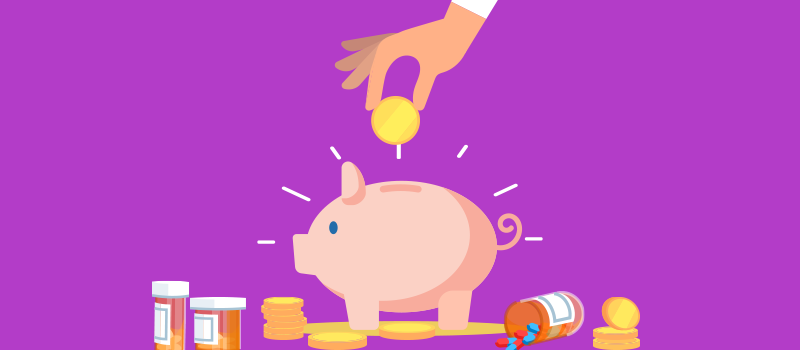
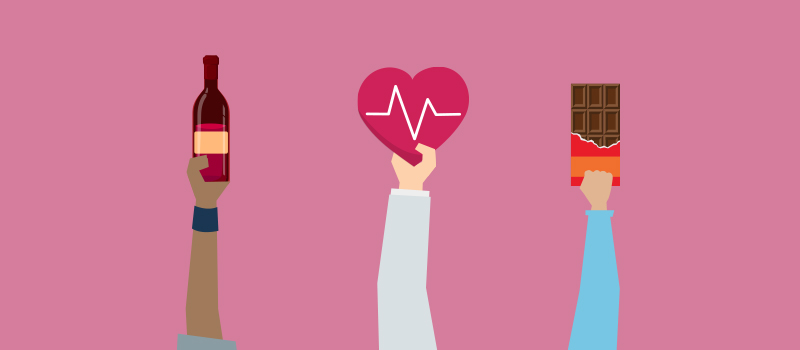






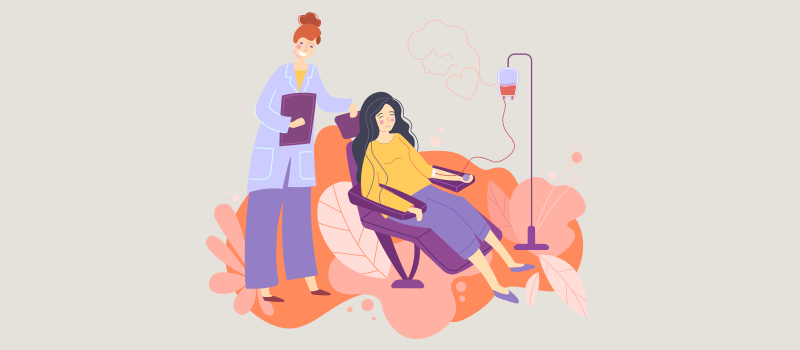
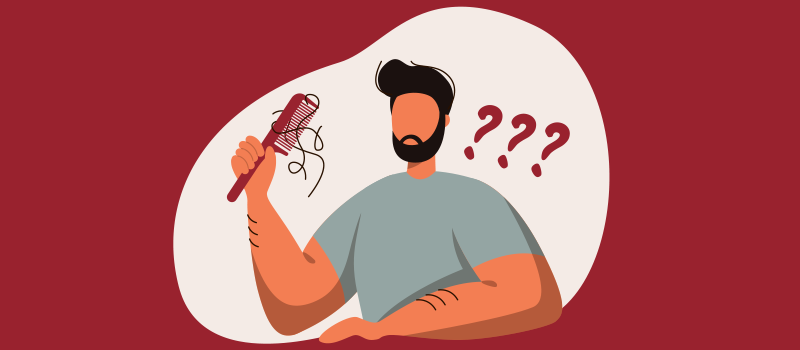
SOCIAL